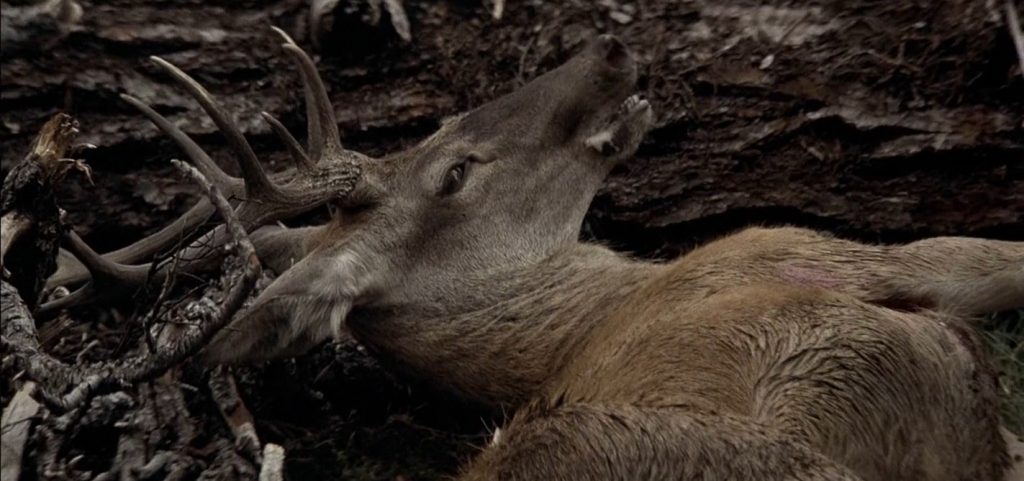
Figure 1: Death of the deer from the first hunt. The Deer Hunter (1978).
Michael Cimino’s The Deer Hunter explores the impact of the Vietnam War on Americans, depicting protagonist Michael’s transformation from notoriously adept hunter and Russian-roulette crazed killer to sparing a deer’s life, delicately challenging the culturally normalised human-animal hierarchy. Specifically through mirroring shots of when he is moments away from firing at the deer, one prior to Vietnam and one upon his return, such a striking and subversive moment of unexpectedly sparing the deer’s life implies that when it comes to death, humans and animals are interchangeable beings, emphasised as Cimino covertly constructs similarities between Michael and the deer.
In the first hunt, Michael’s invasion onto animal territory imitates James Fenimore Cooper’s stereotypical “Deerslayer” character (figure 2) that presumes authority over nature,[1] donning an incongruous orange jacket all whilst hyperbolic extra-diegetic choral music elevates his self-prescribed heroic status (figure 3).
“You’re the only guy I go huntin’ with, you know. I like a guy with quick moves and speed” [2]
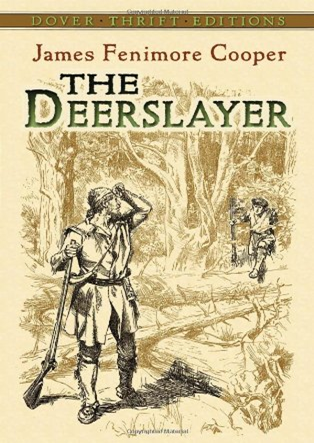
Figure 2: Book cover of James Fenimore Cooper’s The Deerslayer [3]
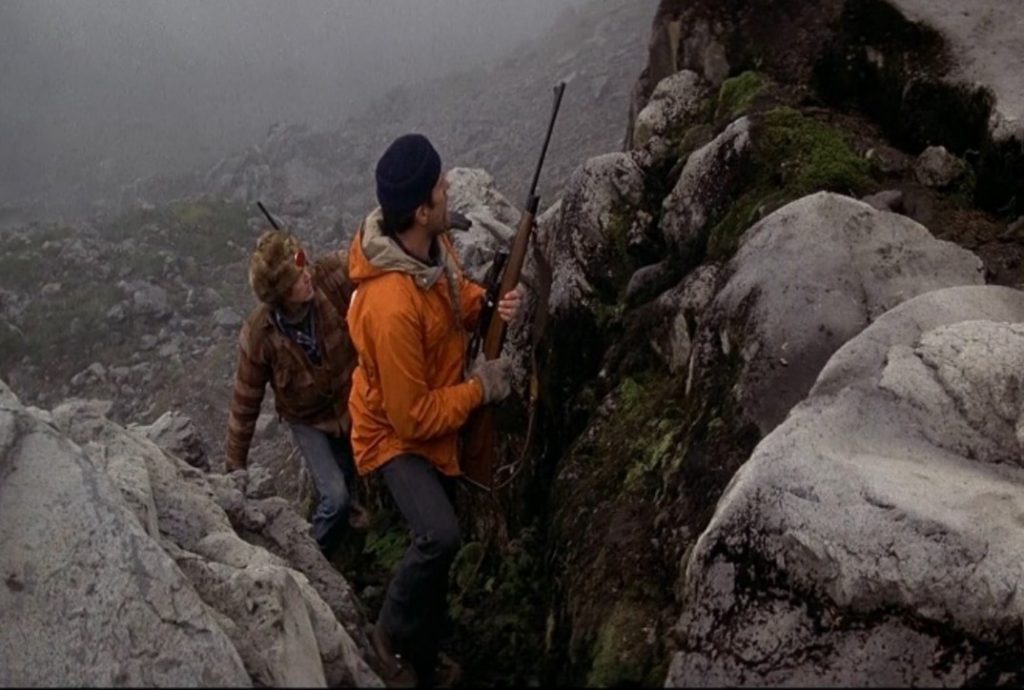
Figure 3: Michael and Nick hunting prior to Vietnam. The Deer Hunter (1978) .
However, in the second hunt Michael’s costume blends into the blue skyline and vegetation (figure 4). This ostensibly occurs to disguise himself as a fundamental aspect of hunting practice. Yet by clandestinely blending into the deer’s territory, as well as physically scampering amongst foliage akin to the deer (figure 5) and diegetic sounds of rustling shrubbery dominating rather than extra-diegetic choral music, Michael’s covert emulation of the deer demythologises his “Deerslayer” character, reducing the societally normalised human-animal binary.
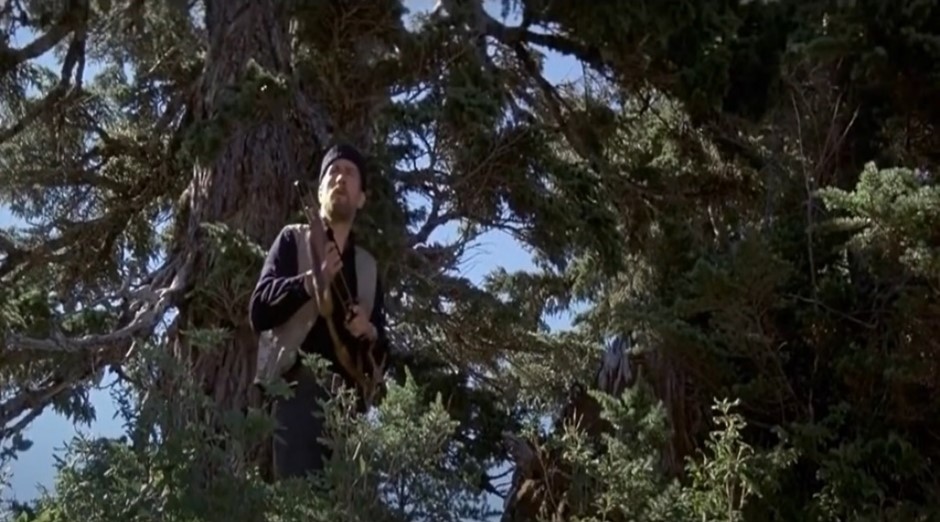
Figure 4: The Deer Hunter (1978). 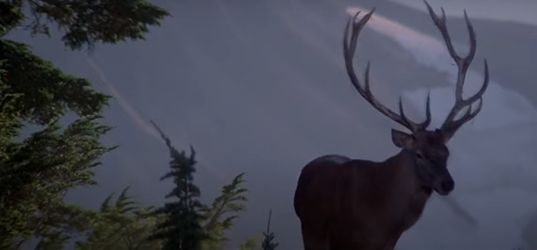
Figure 5: The Deer Hunter (1978). 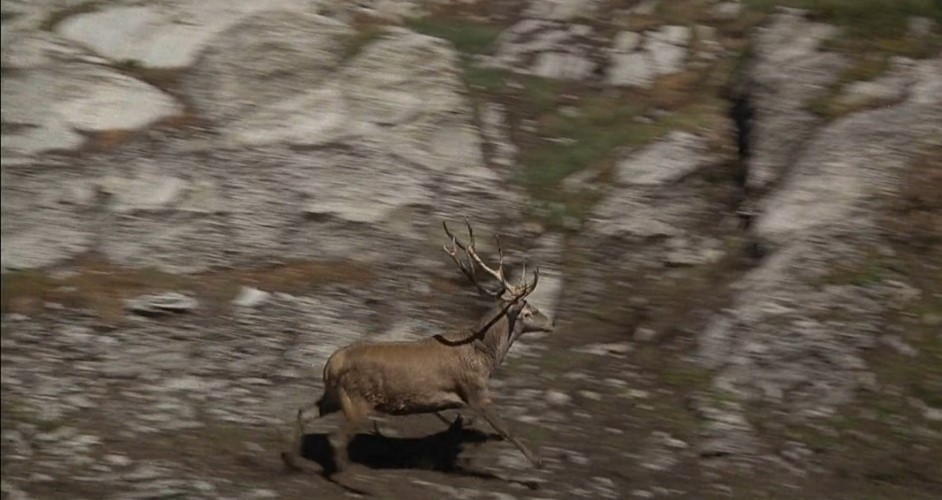
Figure 6: The Deer Hunter (1978).
Additionally, whereas before tracking the deer is framed from Michael’s point-of-view from above, reflecting his assumed authority (figure 6), Cimino is later non-discriminatory in his camerawork, cutting between medium shots of Michael and the deer alongside the crucial final shot situating them level in frame (figure 7). Subsequently, this portrays Michael again as subtly imitating the deer, with only his gun denoting his “Deerslaying” figure. Thus, when his gun is withdrawn, this illuminates the interchangeability of human and animal, compelling Michael to physically converse with the deer as its equal (“okay”), transgressing the culturally normalised species gap.
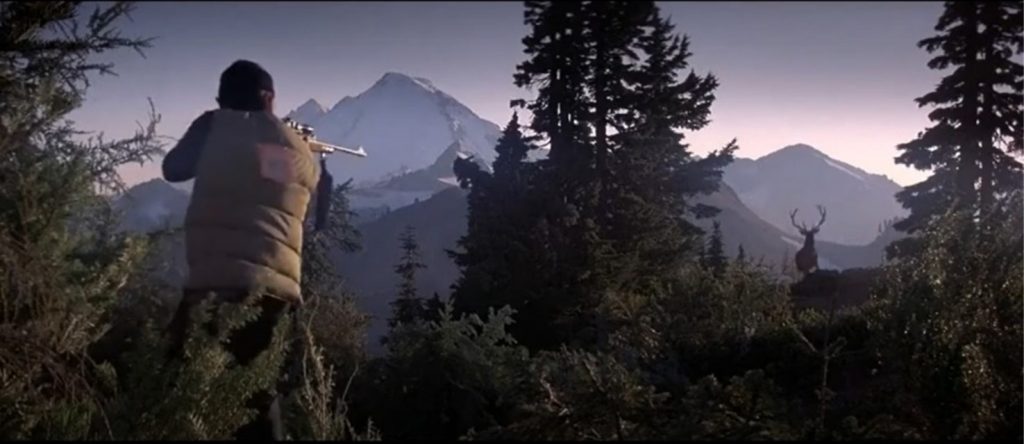
Figure 7: Michael pondering whether to pull the trigger in the second hunt. The Deer Hunter (1978).
Such delicate narrowing of human-animal distinctions is reiterated with complicated power roles in this shot. Seemingly the action revolves around Michael’s decision to not kill the deer, realising he can’t assume authority over animals’ homelands (or Vietnamese for that matter), with this decisive shot from behind the foregrounded Michael supposedly indicating his control. However, the symbol of the deer is of covert importance here. Cimino combines the diegetic sounds with similarly angelic extra-diegetic music from before, but in this instance it’s triggered when the deer is in frame rather than Michael, obscuring who adopts the role of the hero and rouses a chorus, illustrating the interchangeability of species. Moreover, in the film’s diegesis the deer is physically superior to Michael, equally confronting him head-on with only Cimino’s camera angle generating the appearance of them being level (figure 7), further blurring who holds power.
Whilst Cimino isn’t overly political or is insinuating humans and animals are equivalent, he provides a novel perspective by not only questioning the distance in the human-animal binary, but boldly suggests species interchangeability. The war film-and especially the Vietnam War film-valuably enables this whereby the genre’s prerequisite of eventually denouncing American exceptionalism, and therefore anthropocentricity and bloodshed, allows even small hints of an animal’s agency (like in this shot) to generate profound messages such as the idea that humanity’s assumed authority over animals doesn’t extend to death.
Bibliography:
[1] Chong, Sylvia Shin Huey, ‘Restaging the War: The Deer Hunter and the Primal Scene of Violence’, Cinema Journal, 44.2 (2005), 89–106, p. 94.
[3] Cooper, James Fenimore, The Deerslayer, Dover Thrift Edition (New York: Dover Publications, 2007).
Filmography:
[2] Cimino, Michael, dir., The Deer Hunter (EMI, 1978).